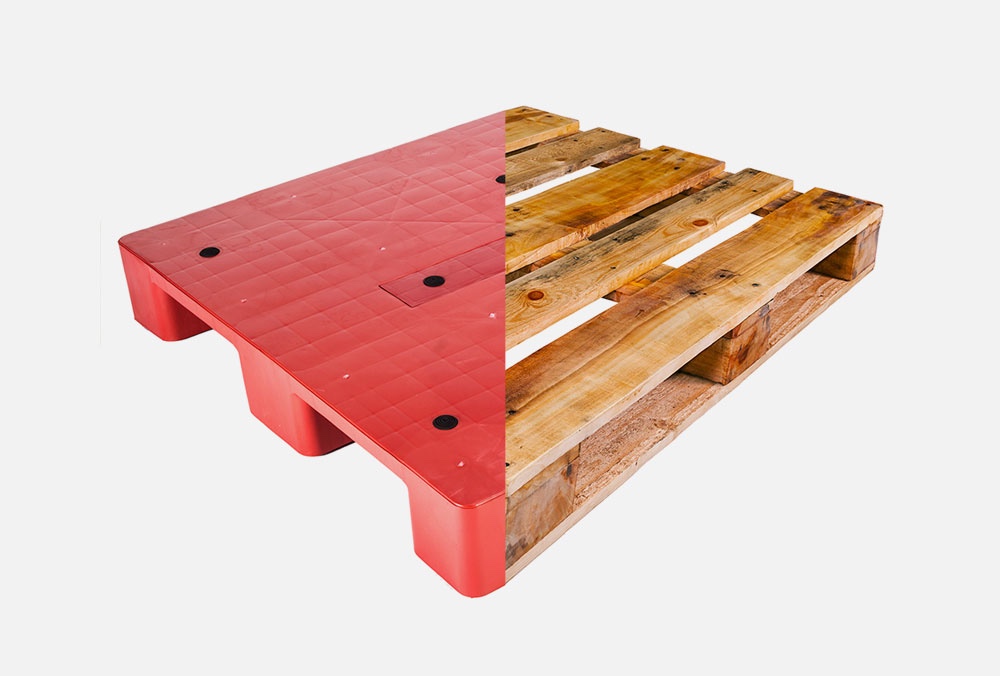You’ve got a fantastic product and are ready to start selling, but there’s one thing you need to figure out: Shipping. You want to get your products to customers quickly and affordably, without breaking the bank. One key to doing that is choosing the right pallet for your needs. But with so many options out there, how do you decide? What type of wood is best for your product? Should you use more screws or staples? And what about all those other factors you might not have considered? Don’t worry! Here’s a straightforward guide to help you choose the right pallet, saving you time and money on all your future shipments.
How to Choose the Right Pallet
When picking a pallet, there are a few key things to consider. The first step is understanding what you’ll be using it for. If you need a pallet that can handle heavy loads and rough handling, a hardwood or composite pallet might be the way to go. But if your product is lightweight and a bit more delicate, like glass, then a softwood or plastic pallet could be a better fit.
What Type of Wood Should You Use?
The type of wood you choose for your pallet significantly affects the pallet’s durability and its suitability for your specific needs. Softwood pallets are ideal for transporting lighter loads and are more resistant to warping over time, making them a great choice for goods stored in less-than-ideal conditions, such as on ships or trains. They also perform well in humid environments since they are less likely to be affected by moisture. In contrast, hardwood pallets are tougher and capable of handling heavier items, making them perfect for transporting machinery or equipment. However, hardwood requires more maintenance and special care during transport because it is harder and more susceptible to damage under certain conditions. If you are shipping items that need extra protection from extreme weather, hardwood may be the best option.
How Much Weight Will It Carry?
Heavy Items: If you’re shipping heavy products, you need a pallet that’s strong enough to support the load without breaking or bending. Stronger woods like oak or maple are ideal for this, as they’re built to withstand significant weight and last longer under heavy loads.
Lightweight Items: For lighter items, a less robust pallet might do the trick. Woods like pine or poplar are more lightweight and could be more cost-effective for shipping goods that don’t need as much support.




